Not often a drawing makes me laugh out loud. Outstanding work.
case_when
joined 1 year ago
For me I always feel like I add one line too many and ruin the whole thing, so I admire people with the discipline to hold back!
Beautifully minimalistic.
Why thank you! I've been doing this with a few pieces Still feeling the technique out, but I'm enjoying experimenting!
Oh you absolute hero! Thanks. Do go see it if you're in town, it's breathtaking work!
Hahaha, I'm nervously proud!
Why thank you!
I think that's a very sensible idea!
Holy crap, your last few have been awesome!
Thanks! I drew this with a big goofy grin on my face.
view more: next ›
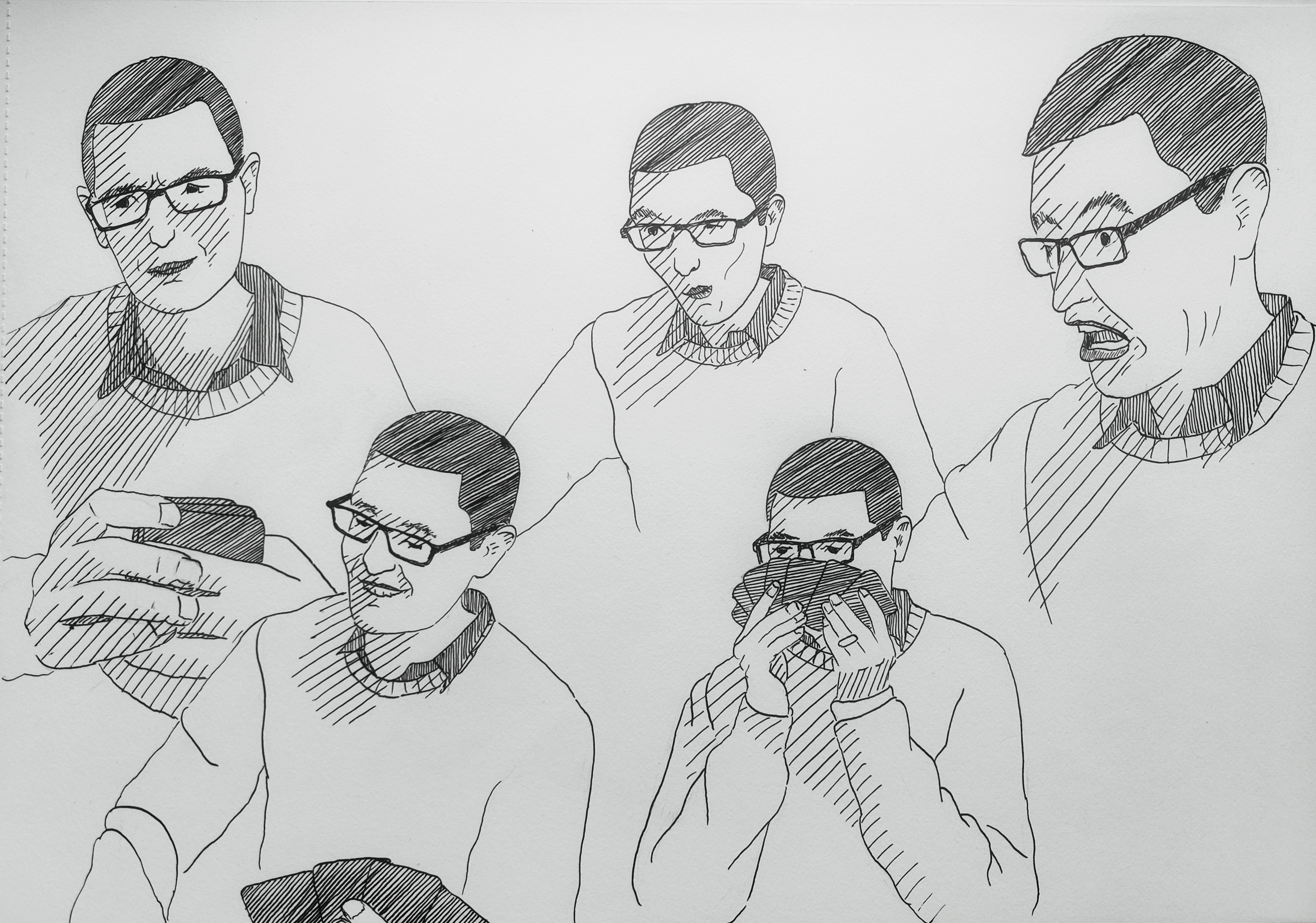
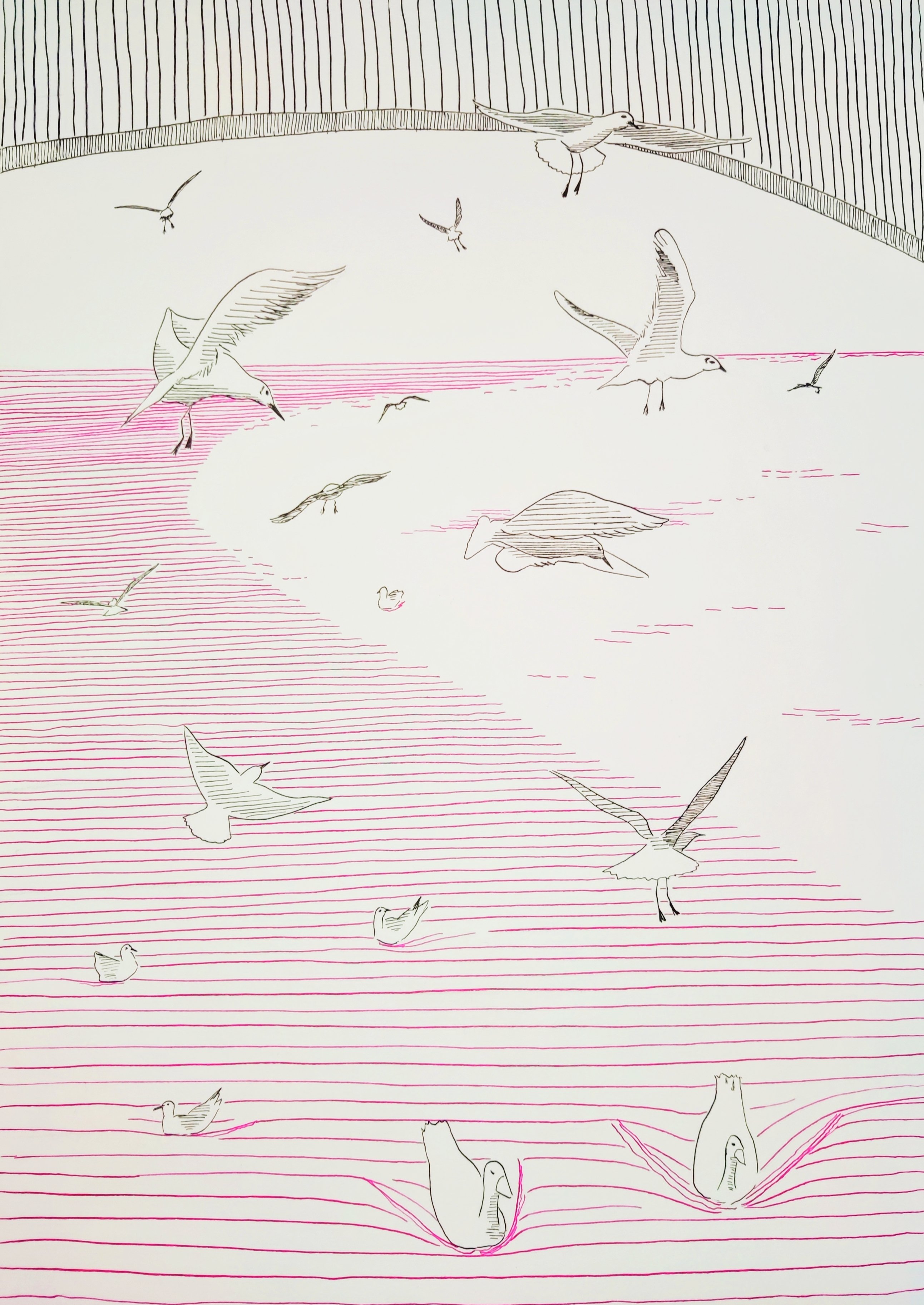
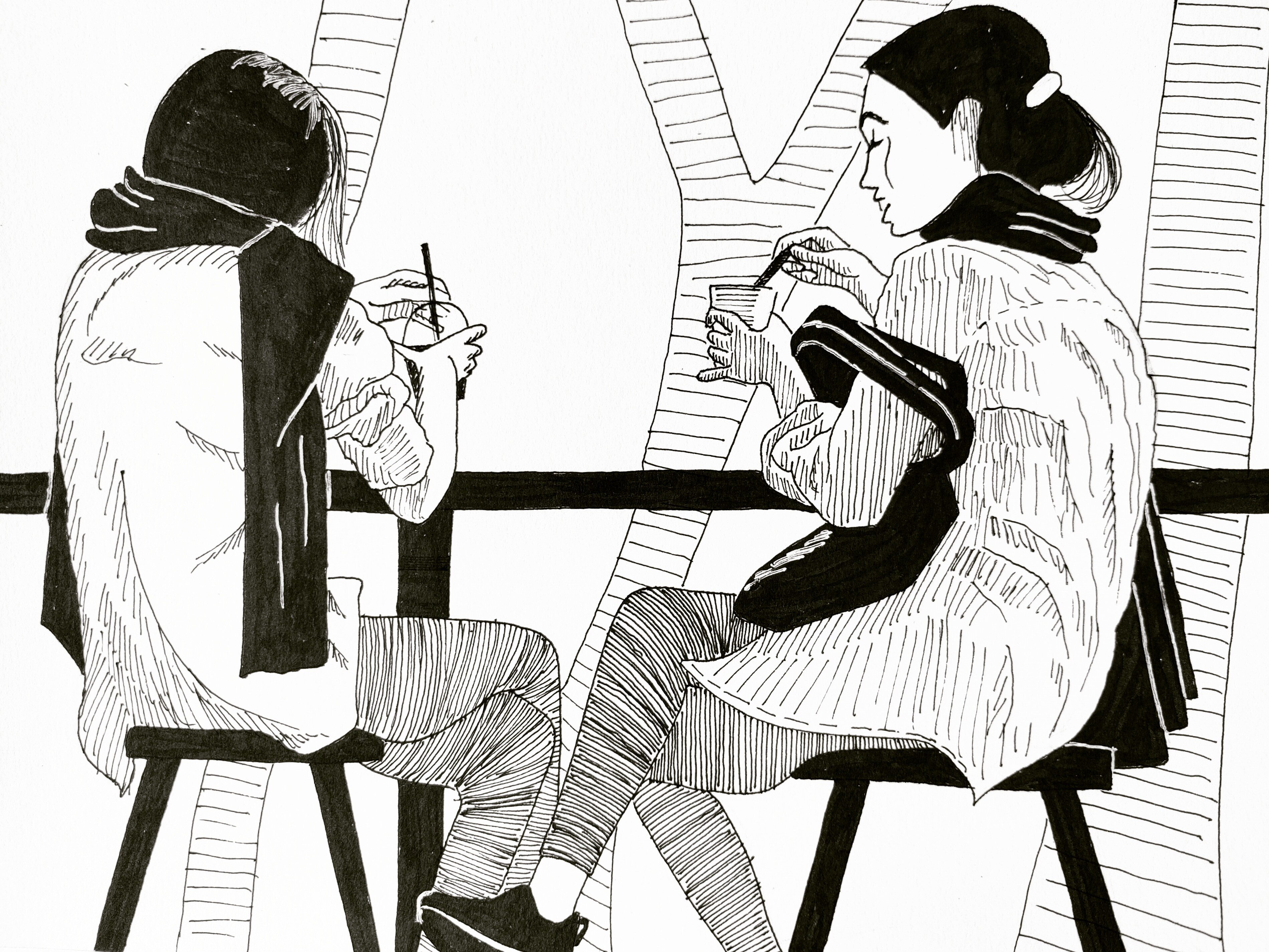
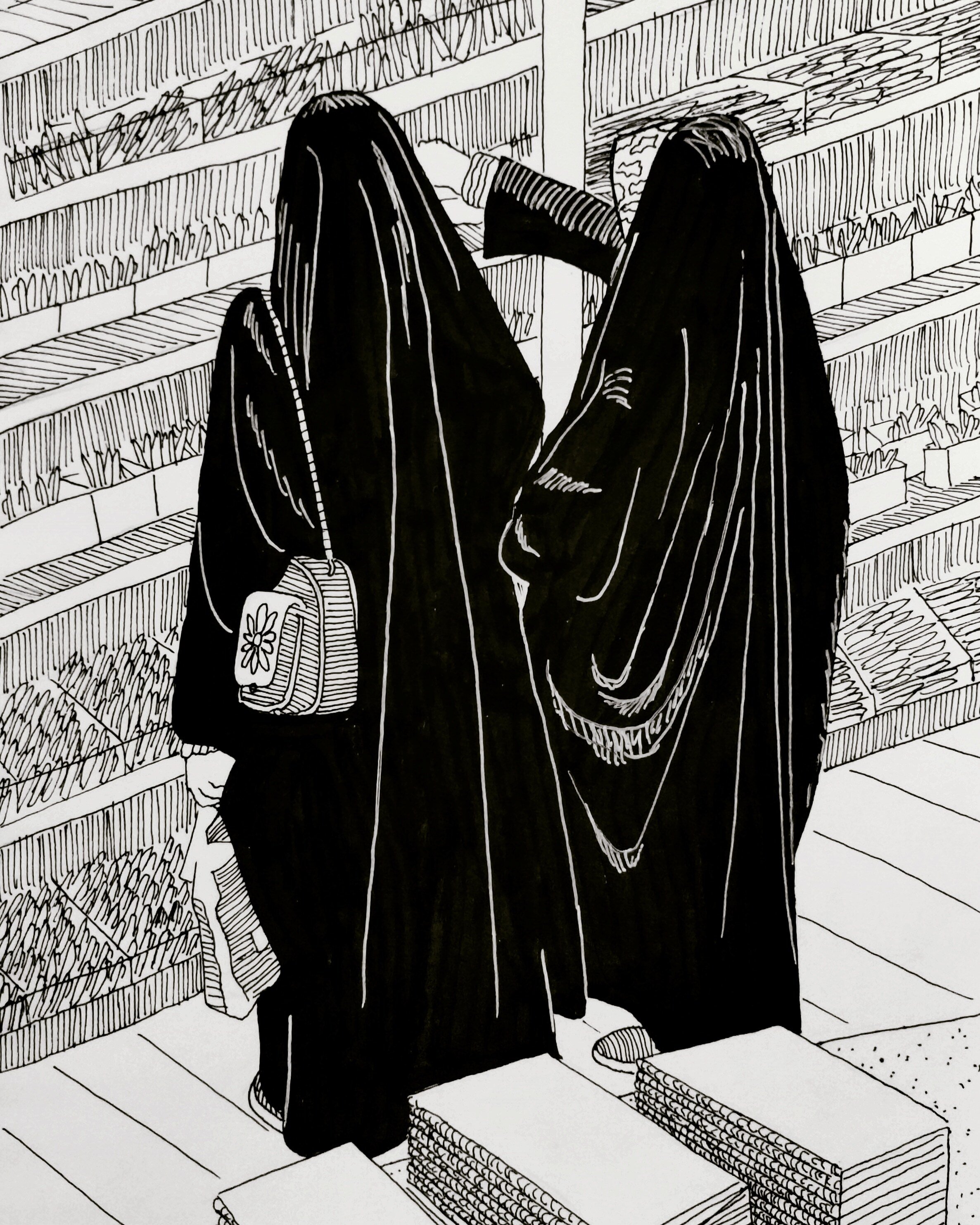

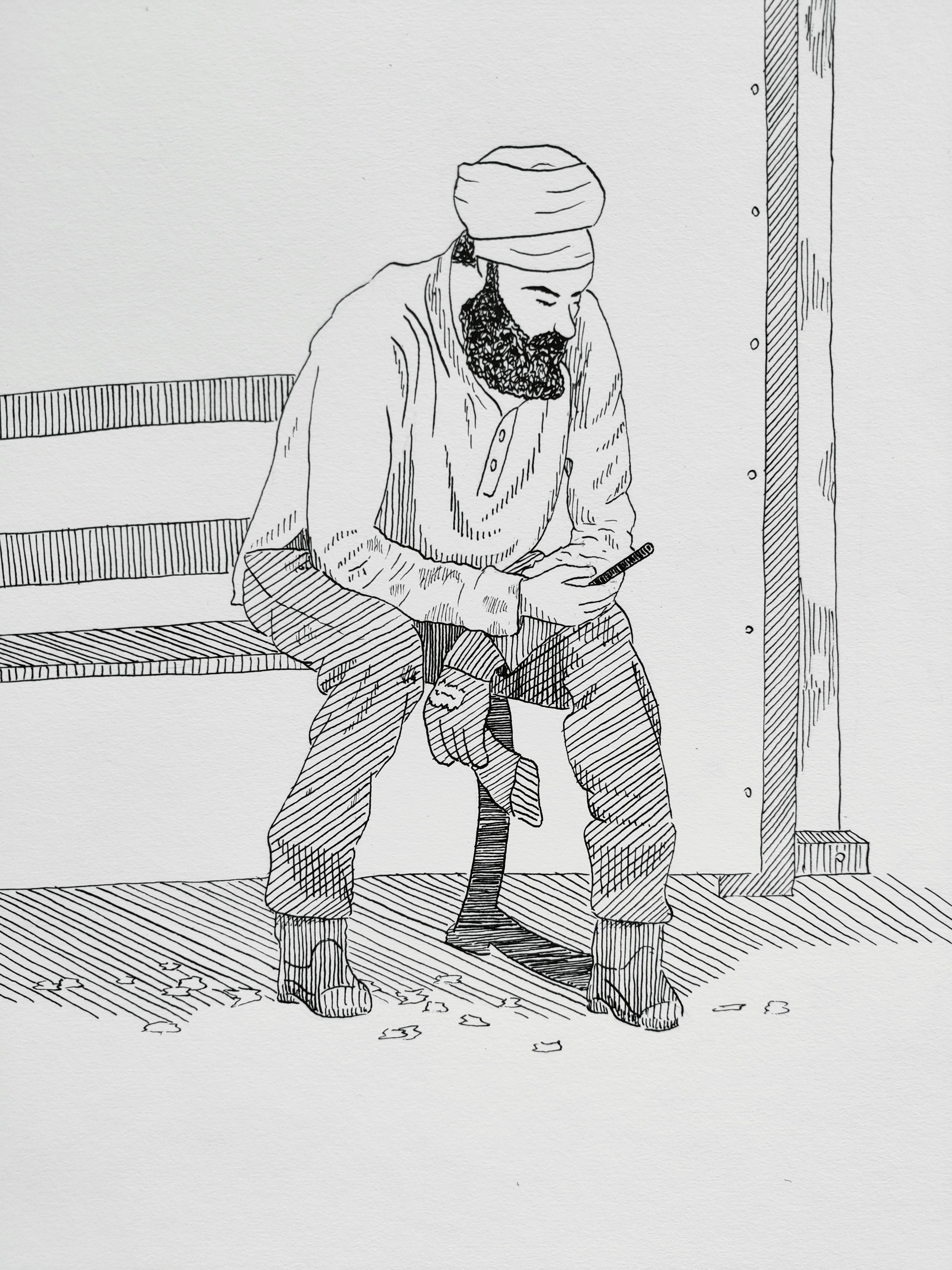
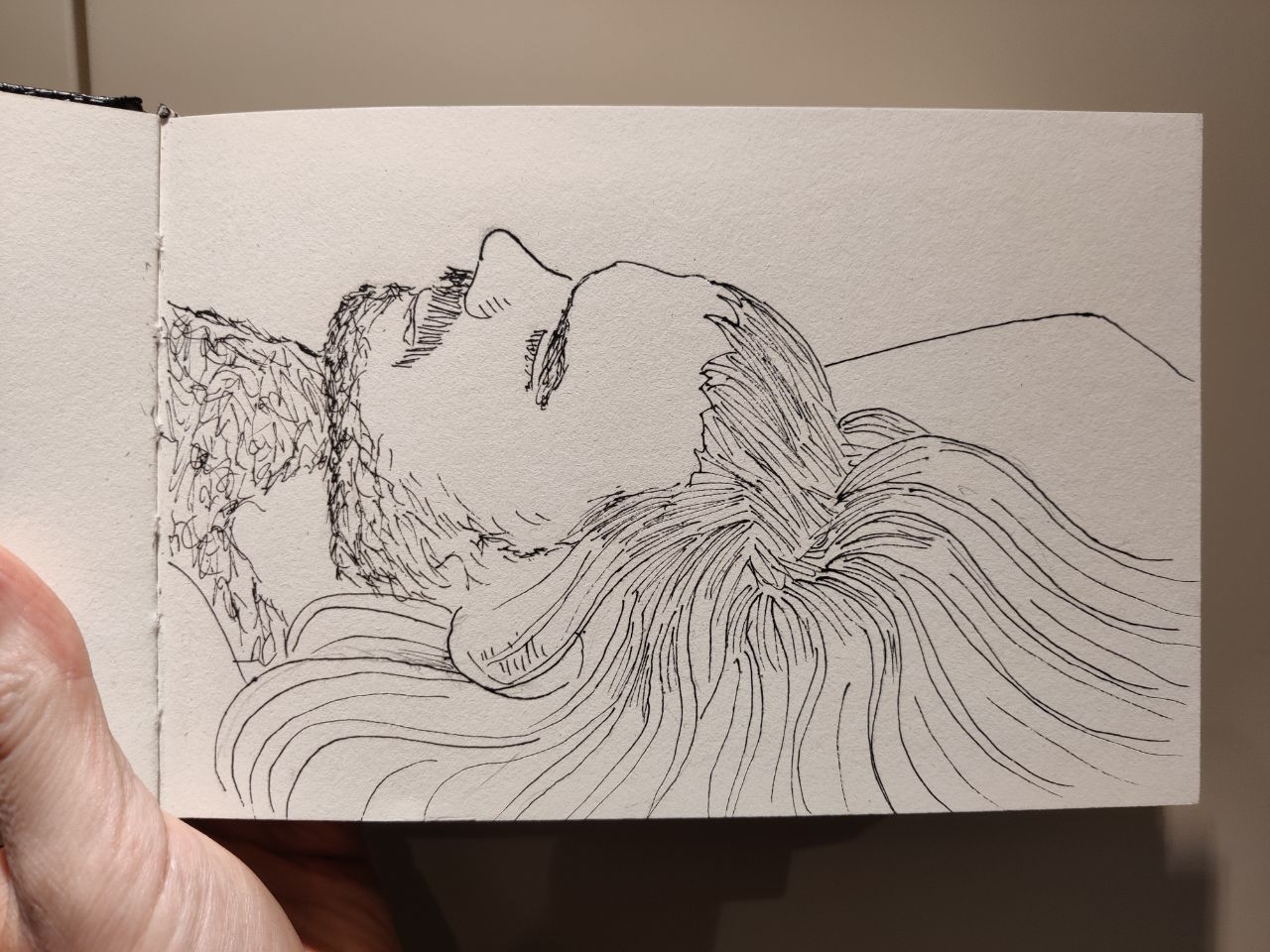
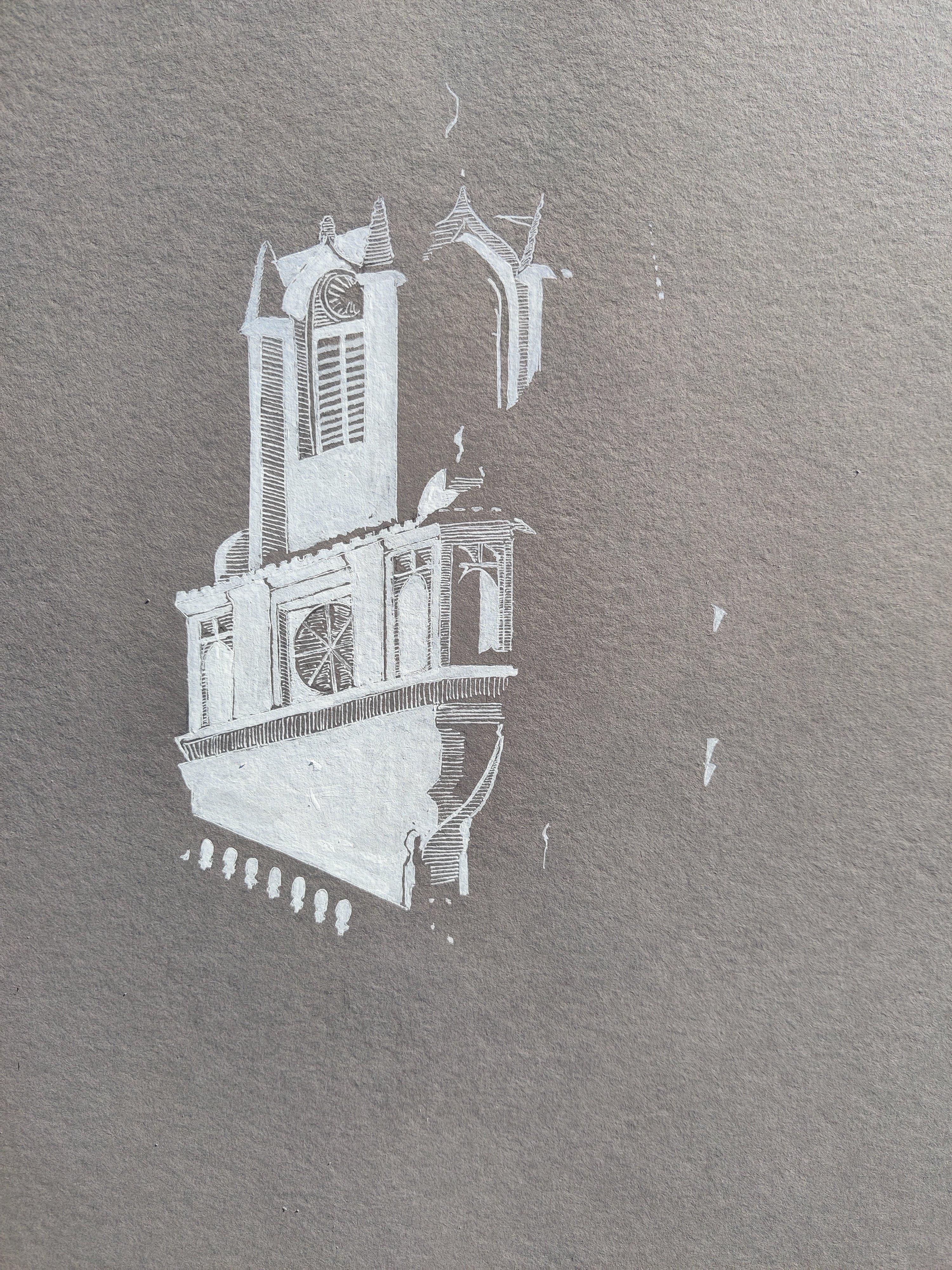
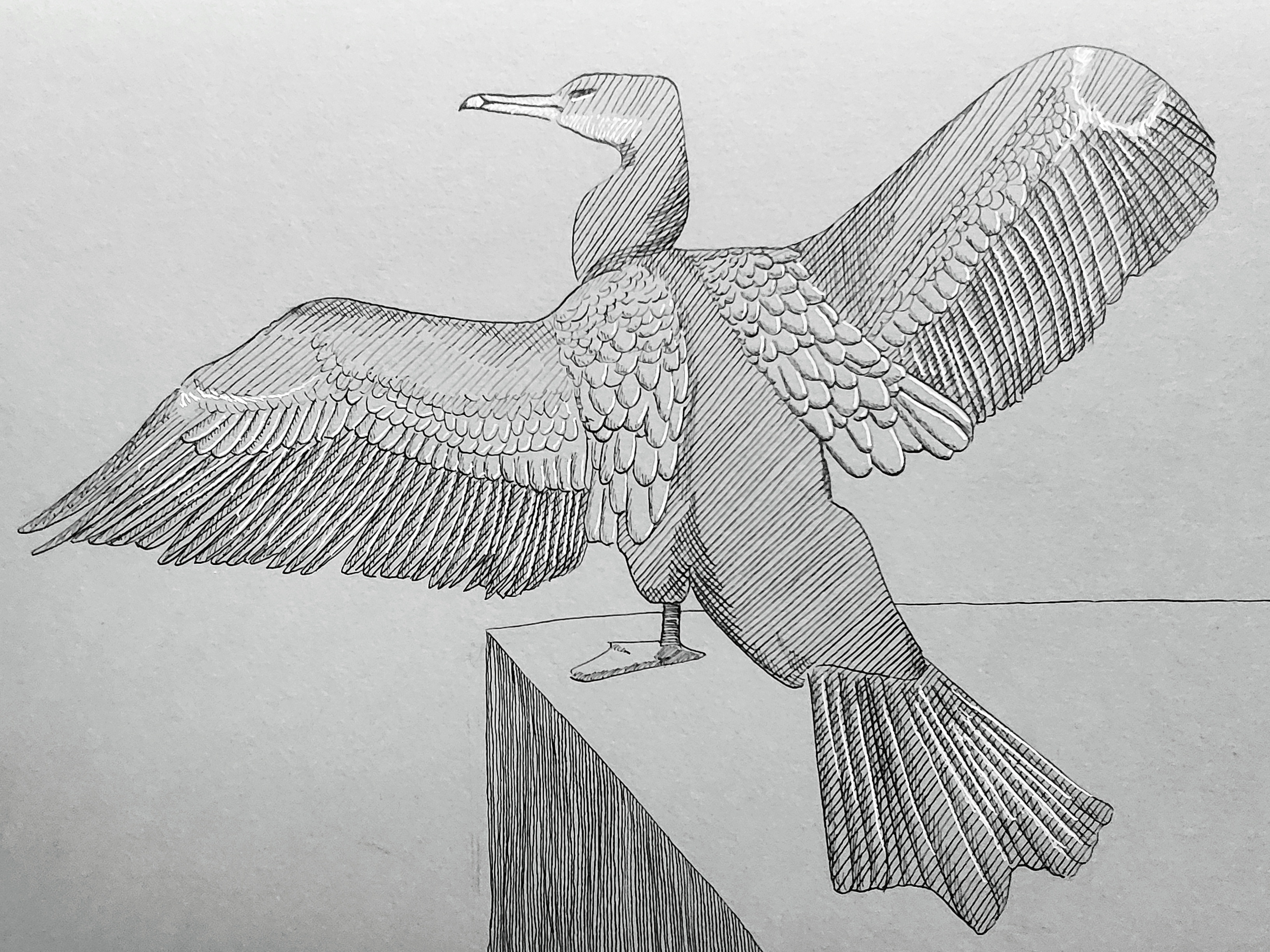
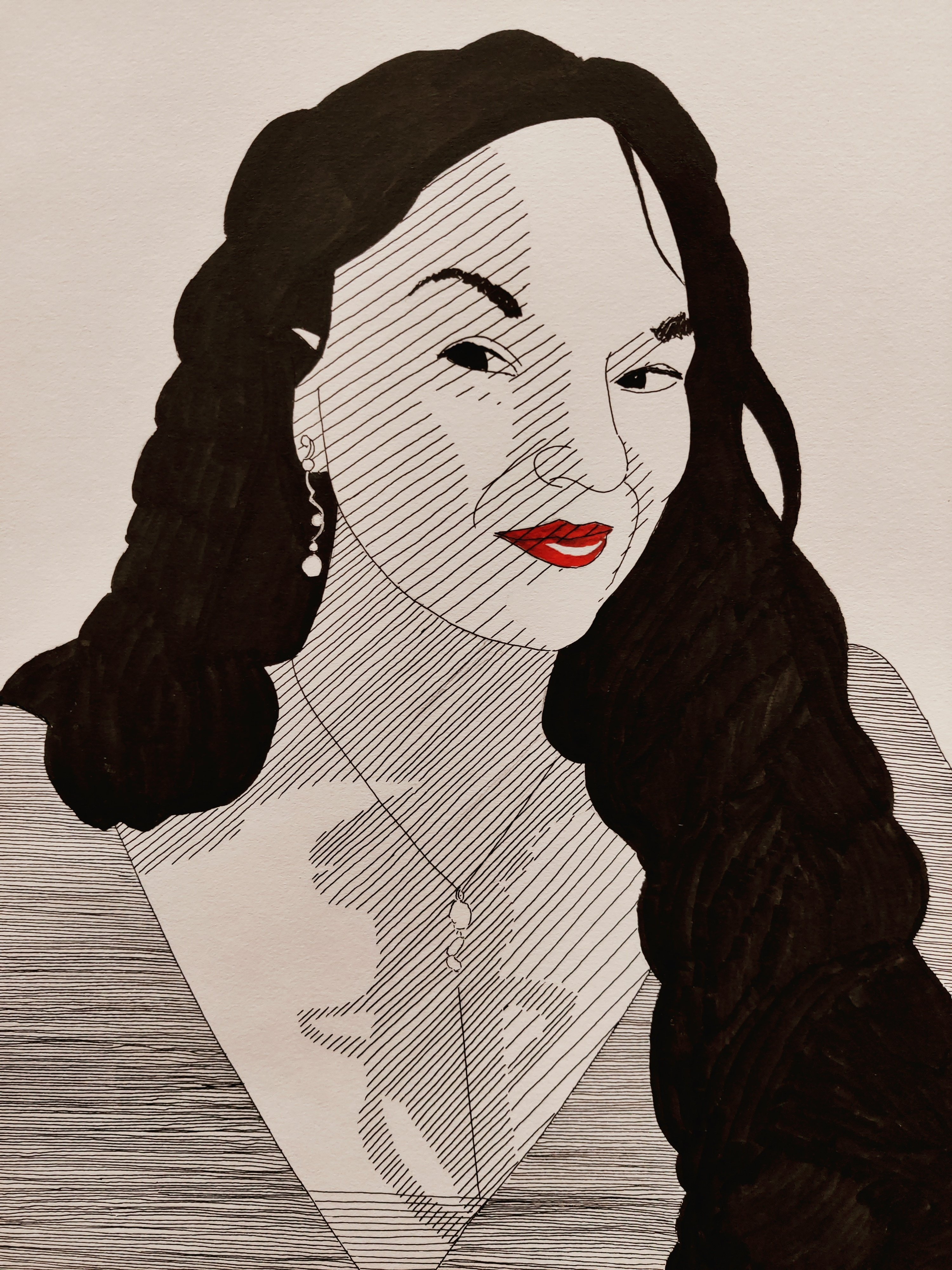
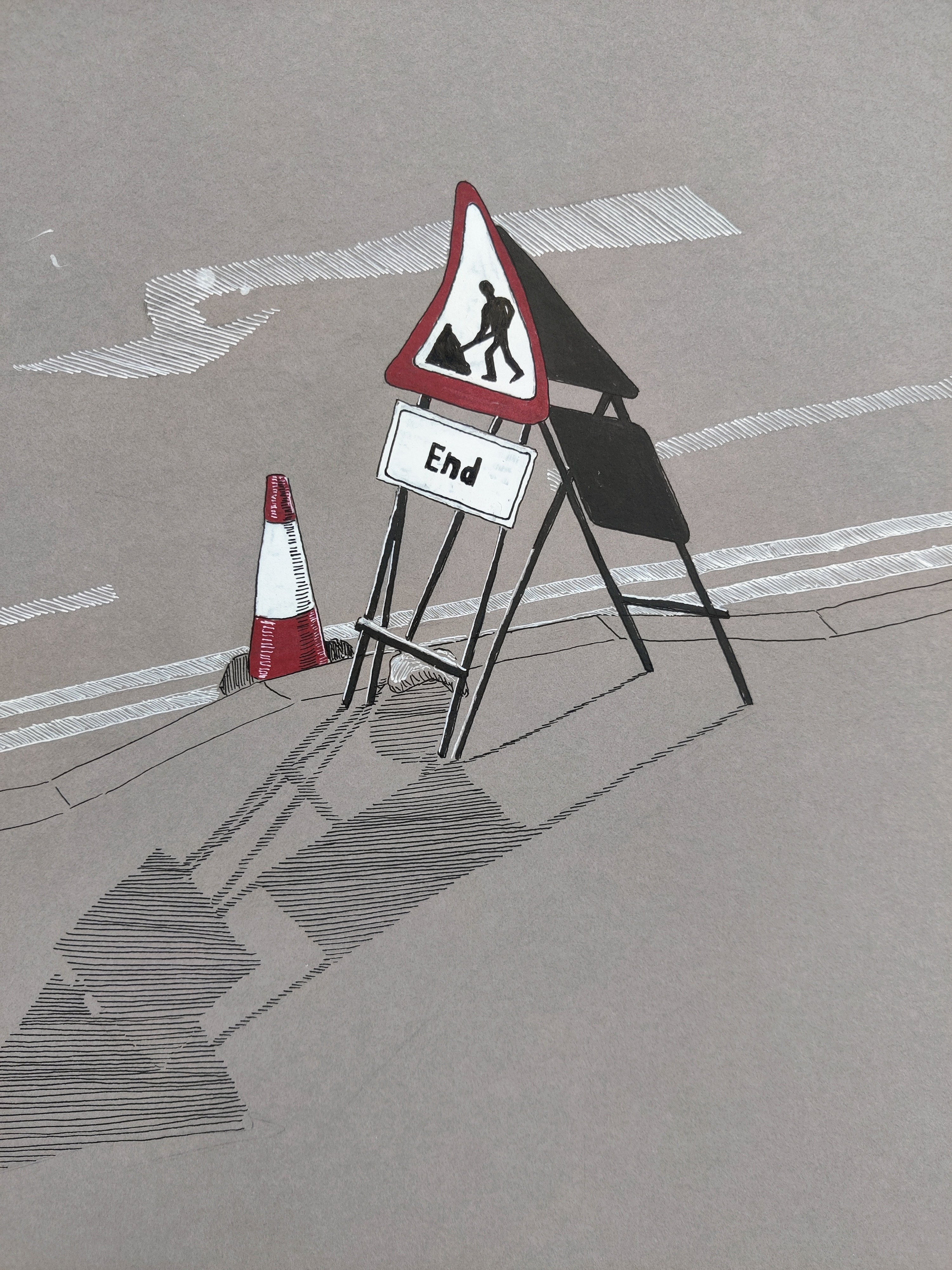
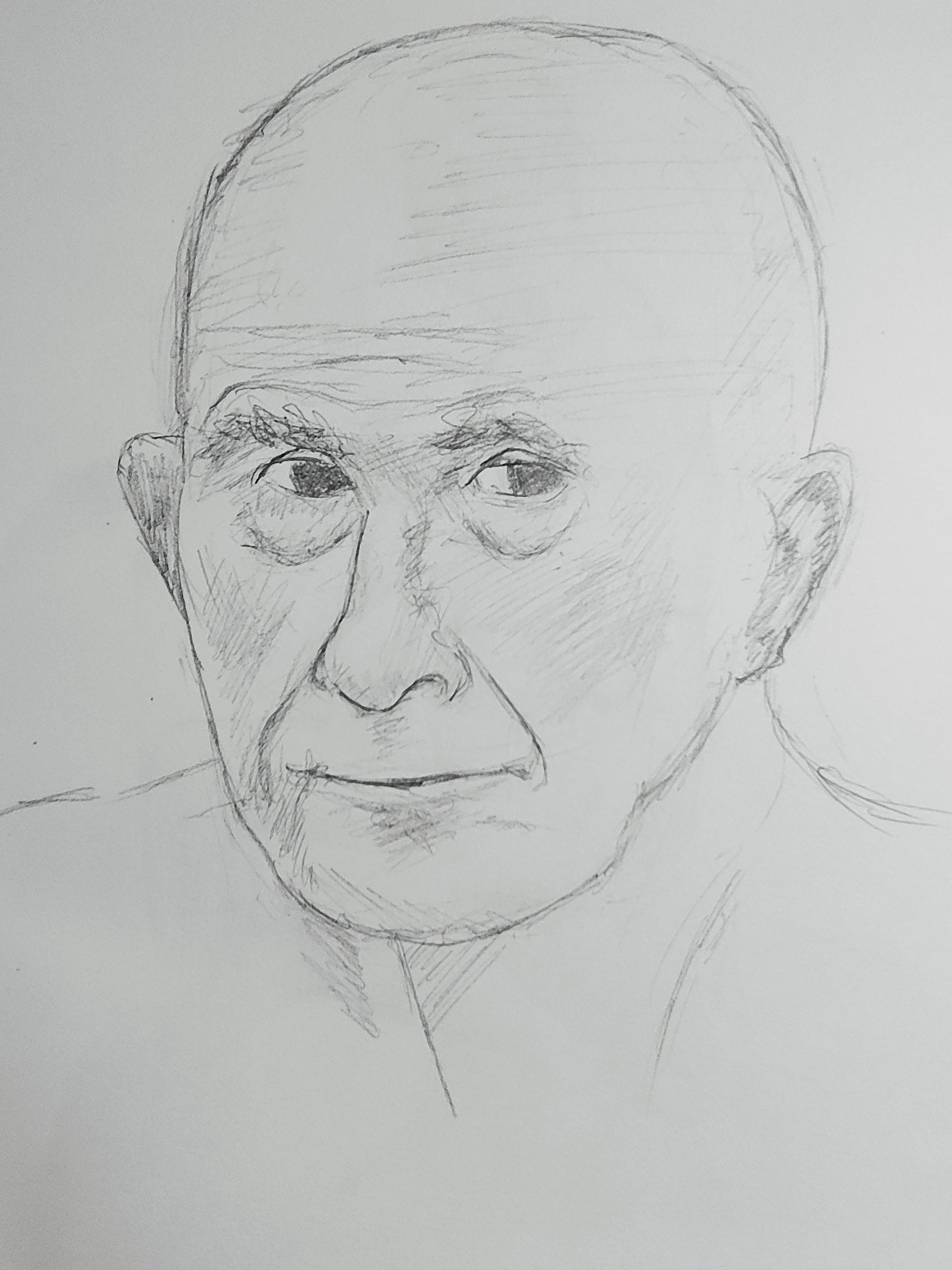
+1 received, woop woop!